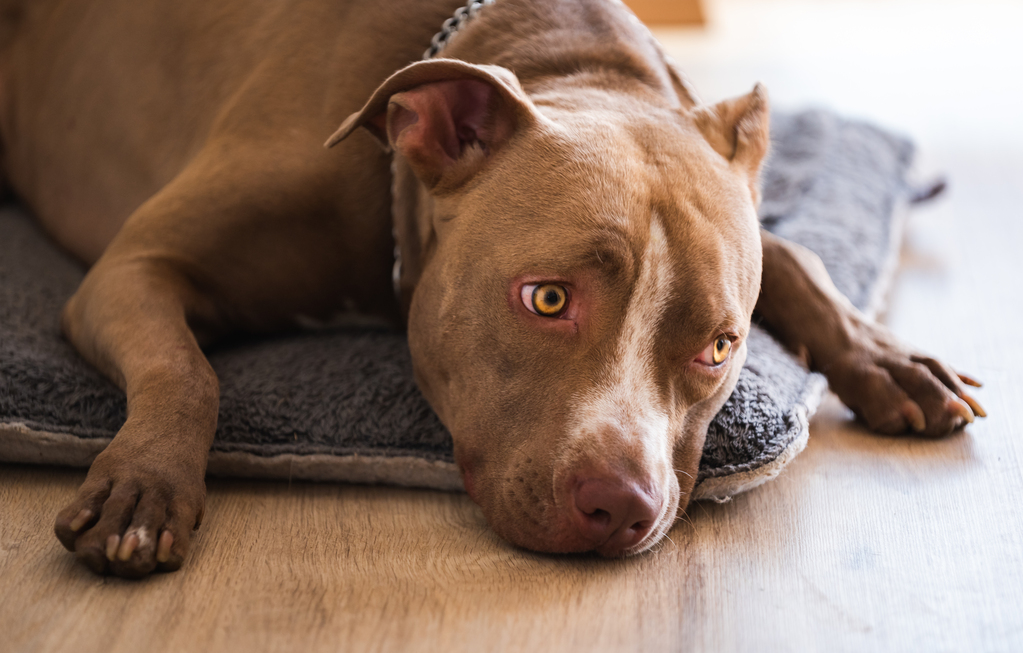Your cart is currently empty!
Category: Uncategorized

Understanding and Prevent Kidney Disease in Pets

Understanding and Prevent Kidney Disease in Pets
Kidney failure, or renal failure, is a significant health concern in both cats and dogs, characterized by the kidneys’ reduced ability to filter waste products from the bloodstream. This leads to toxin accumulation, adversely affecting overall health. The kidneys also secrete important compounds that help maintain blood pressure and stimulate red blood cell production.
Types of Kidney Failure:
- Acute Kidney Failure: A sudden decline in kidney functions, often due to toxins, infections, or reduced blood flow. With prompt treatment, it can sometimes be reversed.
- Chronic Kidney Failure: A gradual loss of kidney function over time, commonly seen in older pets. This form is typically irreversible but manageable with appropriate care.
Some causes:
Older pets are more susceptible to chronic kidney disease and Bacterial infections like leptospirosis can impair kidney function, Ingestion of substances such as antifreeze, certain medications, or toxic plants can lead to acute kidney failure and some breeds have a predisposition to kidney issues.
Symptoms:
As like increased thirst and urination, Loss of appetite, Weight loss, Lethargy, Vomiting, Bad breath with a chemical odor
Veterinarians diagnose kidney failure through:
- Blood Tests: Assess levels of waste products like urea and creatinine.
- Urinalysis: Evaluates urine concentration and the presence of abnormal substances.
- Imaging: Ultrasound or X-rays to visualize kidney structure.
Prevention:
Early detection and treatment are crucial in managing kidney failure in pets. Managing kidney failure in cats and dogs at home requires a comprehensive approach to support kidney function and maintain your pet’s quality of life. Here are key strategies to consider.
1.Hydration:
Maintaining proper hydration is crucial, as dehydration can exacerbate kidney issues. Provide fresh water at all times. Some pets may prefer running water; consider using a pet water fountain to stimulate drinking and Incorporate canned food into your pet’s diet to increase moisture intake. Adding water or low-sodium broth to their food can further enhance hydration.
2.Nutrition:
A specialized diet can reduce the kidneys’ workload. High phosphorus levels can strain the kidneys. Feeding a diet low in phosphorus is beneficial. Provide easily digestible proteins in moderate amounts to meet nutritional needs without overburdening the kidneys. Consult Veterinarian Before making dietary changes to ensure the diet meets your pet’s specific needs.
3.Medications and Supplements:
Phosphorus Binders can help control blood phosphorus levels when dietary restrictions are insufficient and Other Medications are depending on your pet’s condition, medications to manage blood pressure, nausea, or other symptoms may be necessary.
4.Monitoring:
Regular monitoring helps track disease progression and the effectiveness of treatments.
Weight checks regularly to detect changes that may indicate health issues and Behavioral Observations as like any changes in appetite, drinking habits, urination, or energy levels, and report them to your veterinarian.
5.Subcutaneous Fluids:
In some cases, administering subcutaneous fluids at home may be recommended to maintain hydration. Your veterinarian can teach you how to perform this procedure safely.
6.Environment:
Create a comfortable and stress-free environment for your pets. Ensure easy access to food, water, and litter boxes to reduce physical strain and provide soft bedding in quiet areas to promote rest and well-being.
About Us.
As pet parents ourselves, we’re devoted to the well-being of all pets in all situations. Our entire existence is dedicated to a “pet-first” mentality that seeks the most optimal outcomes in every situation.
Newsletter.





